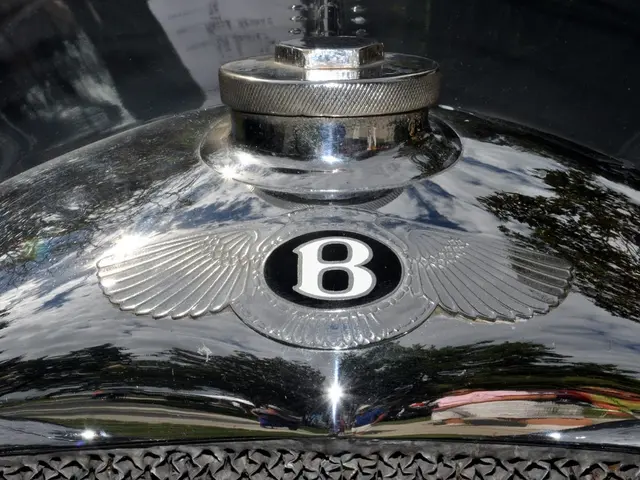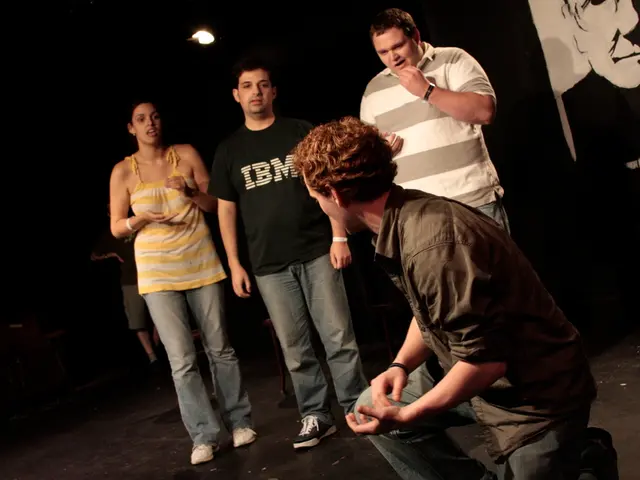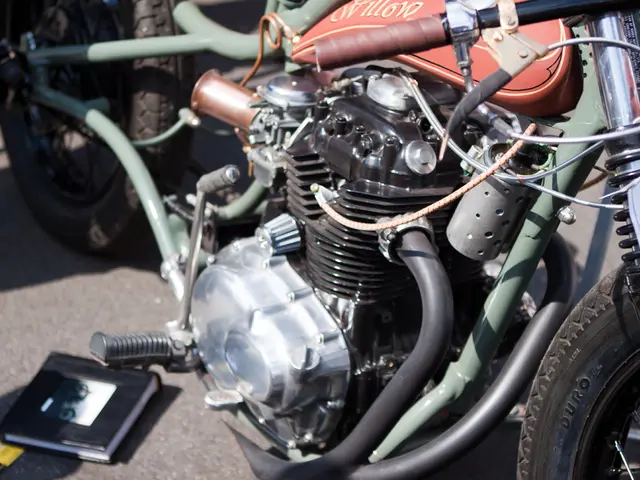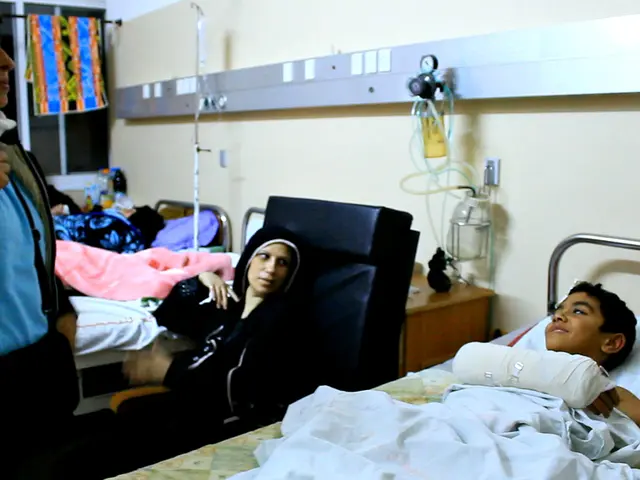Lively Scientific Exercises for Children's Physical Play
==============================================================================
Discover the science behind your favourite sports with these engaging and educational activities designed for kids. From understanding the structure of the human skeleton to testing the properties of materials, these experiments offer a hands-on approach to learning. Let's dive in!
Investigating Hockey Pucks
Ever wondered what makes a hockey puck so special? By balancing hardness, weight, and durability, materials like vulcanized rubber are ideal for maintaining momentum and withstanding repeated collisions. Kids can explore alternative materials like plastic lids or composite materials to understand why rubber is preferred.
Building a Heart Model
Learn about the heart's valves and how they work with a simple jar model. This activity provides a fun and interactive way to understand the inner workings of one of our most vital organs.
Designing a Tug-of-War Grip
Get ready for a battle of strength with a tug-of-war rope! Design a grip to give you the edge in this classic game, and learn about the properties of materials that make them suitable for different applications.
Testing Material Properties
This experiment invites children to investigate the reasons behind material choices. By testing the sliding and impact properties of various materials, kids can gain a better understanding of why certain materials are used in sports equipment.
Exploring Bouncing Balls
Investigate why and how balls bounce with this engaging experiment. Kids can learn about the principles of physics while having fun testing different balls and surfaces.
Jumping Higher and Faster
Find out if longer legs lead to longer jumps or faster runs in this exciting experiment. Kids can test their own physical abilities and learn about the role of leg length in sports performance.
Strengthening Bones
Learn about the importance of good nutrition for maintaining strong bones with this activity. Kids can discover which foods are best for bone health and what happens when a bone is broken.
Sailing Away
Design a sailboat with a working sail and set sail on a fun adventure! This experiment encourages creativity and problem-solving as kids work to create a boat that can navigate through water.
Reaction Time Test
Test your reaction time with a simple science demonstration using a ruler. This activity is a fun way to learn about the speed at which our brains process information.
Building a Bow and Arrow
Create your own bow and arrow using lolly sticks and elastic bands. This activity combines creativity and physics as kids learn about the principles behind projectile motion.
Building a Football Goal
Design and build your own football goal for a fun and interactive way to practice your soccer skills. This activity encourages creativity and teamwork as kids work together to create their goal.
Canoe and Lolly Stick Surfboard
Use surface tension to power a model canoe or lolly stick surfboard. This experiment demonstrates the power of physics as kids create their own floating craft.
Shoebox Football Table
Design a shoebox football table for a fun and interactive way to practice your football skills. This activity encourages creativity and problem-solving as kids work to create a table that can accommodate a ball.
Experimenting with Exercise and Heart Rate
Learn about the effect of exercise on heart rate with this simple experiment. Kids can feel the beats of their own hearts and observe how exercise increases their heart rate.
Creating a Lung Model
Discover how the lungs work with a simple model. This activity provides a fun and interactive way to understand the respiratory system and the role of the lungs in breathing.
Building a Javelin
Create your own javelin by rolling up paper. This activity encourages creativity and physics as kids learn about the principles behind projectile motion.
Bouncing Balls: Tennis Racquet or Baseball Bat?
Test the bounciness of different objects with this fun experiment. Kids can compare the bouncing properties of a tennis racquet and a baseball bat to learn about the principles of physics.
Last updated on July 9, 2025, by Emma Vanstone.
These sport-themed science experiments offer a fun and educational way to learn about the science behind sports. From understanding the structure of the human skeleton to testing the properties of materials, these experiments provide a hands-on approach to learning that is both engaging and informative. So, grab your lab coats and goggles, and let's get started!
- The science behind the special properties of hockey pucks can be understood by comparing them with alternative materials like plastic lids or composite materials.
- Building a heart model using a jar offers a fun and interactive way to understand the inner workings of the heart and its valves.
- In the tug-of-war grip activity, kids can explore the properties of materials that make them suitable for different applications, such as the classic game.
- Experimenting with various materials can help kids learn about the reasons behind material choices in the sports equipment they use.
- Investigating and testing the principles of physics through the exploration of bouncing balls will allow kids to understand why and how balls bounce in different ways.
- A simple experiment testing the effect of exercise on heart rate can help kids learn about the role of physical activity in maintaining their health-and-wellness and fitness-and-exercise.
- Designing and building a football goal encourages teamwork, creativity, and problem-solving as kids work together to create a functional and interactive toy for soccer practice.
- Creating a shoebox football table is a fun and interactive way for kids to practice their football skills while also learning about creativity and problem-solving.
- Experimenting with exercise and heart rate teaches kids about the role of exercise in maintaining their overall health-and-wellness and understanding the connection between exercise and heart rate.
- Building a lung model provides a simple and interactive way for kids to learn about the respiratory system and the role of the lungs in breathing.




